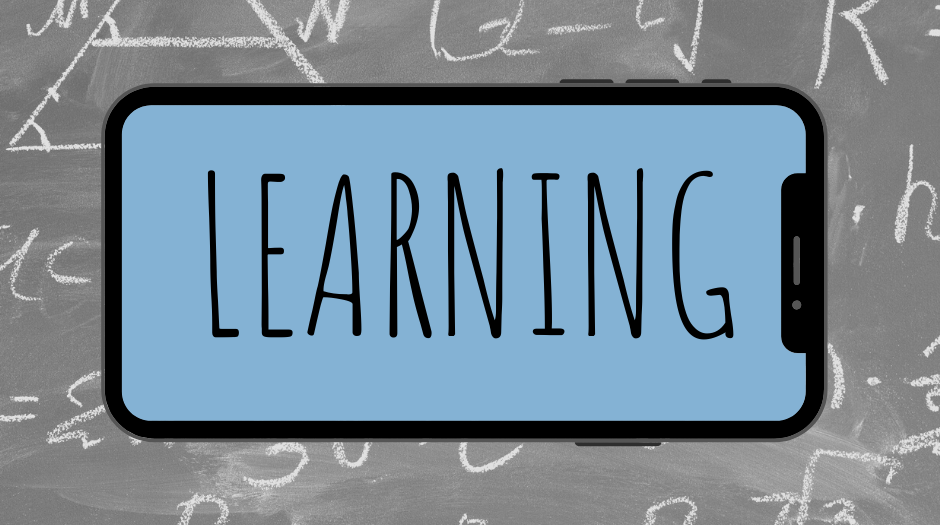READ Center teachers are trying different ways to reach students and keep them engaged. Here is an update from READ teacher Don and his class.
This week we have shifted gears: staff at The READ Center assembled for me a packet of three complete lessons, each consisting of an article and specific directions. The first one, about pulleys, teaches the vocabulary words crane and harness. The second one, about spectacular elevators that use pulleys, includes geography: I ask the class to use their world maps to find the three countries where the elevators are located. The last one is about our solar system, specifically the planets. Each set of directions for each article contains a writing prompt, the last one asking to imagine traveling to another planet and relating why they chose that planet, how they got there, etc.
I have several tutors who have volunteered to stay in touch with students and help them practice. Each of these five tutors is matched up with a particular student; I take the rest.
Because READ staff assembled packets for me and mailed them to the students, all students, most of whom do not have a computer available to them at home, can now read articles over the phone to their tutors or me, practice vocabulary, write stories, etc.
As one example, today Tim and I met by phone by arrangement at 10:30 A.M. He read the directions to me that went with the first article. I coached him on how to get to Merriam-Webster’s Learner’s Dictionary online (after telling him how to use speaker phone), and how to look up the definitions of crane and harness, the vocabulary for an article on pulleys. He wrote the words and the appropriate definitions. Then he read the article to me. I asked him some questions as we went along to be sure he understood. At the end we talked about pulleys he has used: the one that makes a car seat belt retract, the ones that make many rides work at the state fair, the one on the conveyor belt at the grocery store, and the one that makes the crane work on the stuffed-toy games in the arcade at Walmart. All of this took up one hour. I left him with the task of writing about pulleys he has used and that he knows about, recording the start time and the end time (so I can give him class attendance credit along with the hour we spent together), and texting his sentences to me, which he did promptly upon hanging up.
“A pulleys on a fishing rod. Pulleys on arranging machines. Pulleys on bicycles. Pulleys on garbage truck! 🤔 11:29 A.M. and at 11:47 A.M”
In class I would help him correct his sentences for grammar and completeness, but I am not doing that with texting because I don’t want him to be embarrassed and stop texting his responses. (I think a garbage truck uses hydraulics, but he used the hmm emoji, and so I know he is thinking.) Tim is reading, thinking, and writing. This is successful, old-fashioned distance learning.


